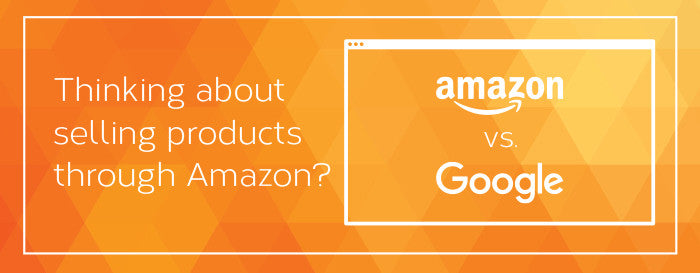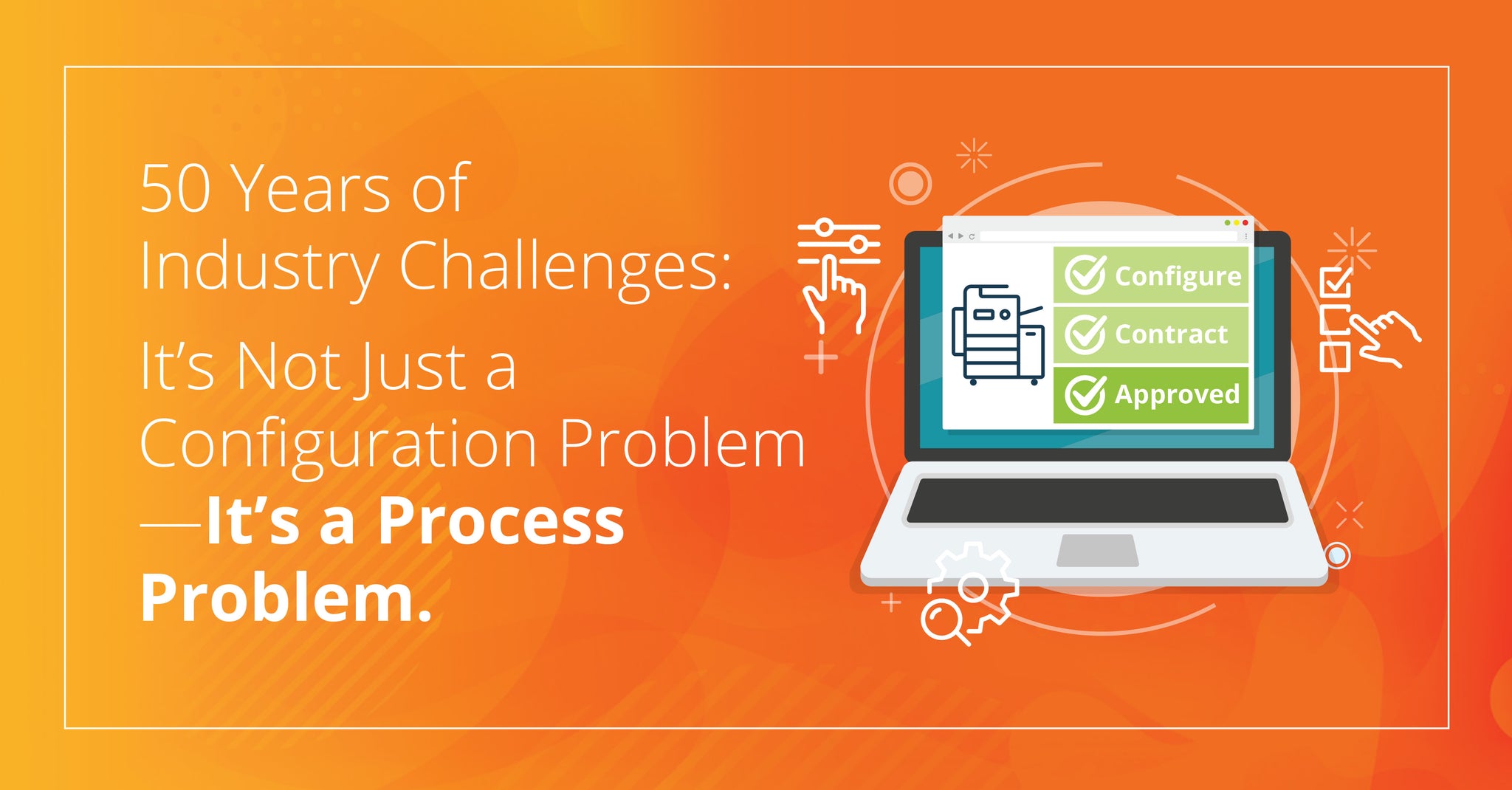Thinking about selling products through Amazon? Here’s three reasons why that may not be a good idea.

I got a call last week from an Amazon sales rep that wanted me to list some of my products on Amazon. One of my companies is HP authorized and since HP and Amazon don’t have an agreement, Amazon is soliciting dealers to list their HP supplies and hardware on Amazon. A quick read of your HP Reseller agreement states pretty clearly that you’re specifically not allowed to resell on Amazon. But I thought I’d do the math anyway to see if it made sense. It doesn’t, Here’s what I learned, as well as some thoughts as to why it’s a bad strategy for you.
Reason #1: How much margin have you got to play with?
In order to sell products through Amazon, you will likely need to give them about 20% of the revenue. Sure, there may be different plans, and this could be lowered by a few percent, but that’s a good round number. That’s a lot: but I do not dispute that their take is fair. After all, Amazon has created the marketplace. They bring millions of visitors every day to their site to buy products. The reality is that if you are a dealer reselling products from a manufacturer or distributor, you probably can’t give 20% to “the house.” Even Las Vegas casinos only take 7% of the revenue. Over the years I’ve also used the number of 20% margin for dealers as “break even.” So, if you started out offered products on Amazon at a 40% GM, after you give them their share, you are left with 20% margin, in other words, Amazon is a break even proposition when you factor your costs.
Reason #2: Amazon will play you off against every other dealer- and eventually against OEMs as well.
There’s always someone willing to sell the same product for less than you. That’s why Amazon can be so attractive to a consumer. When you look up a product, you will see all the various providers of that product, how they rate (are they a reliable vendor), and, of course, the price. It’s natural for those not getting business to trim their prices. Amazon will tell you that their customers will pay a bit more to reliable vendors…sure, but an HP Q6000A is a Q6000A. Eventually economies of scale prevail. Right now HP and Amazon are in a bit of a fight. I’m not really sure why HP refuses to authorize Amazon. HP is being silly. Eventually they will make up. When they do, your business will get squeezed out. Eventually all OEMs will sell a good portion of their products on Amazon.
Reason #3: Whose customer is it?
Amazon is pretty clear about this. It’s their customer, not yours. If you open up an Amazon storefront and direct your customers to buy online, they will be exposed to other suppliers. Can you imagine selling a customer hardware and supplies, then bringing them to a trade show to visit all the other vendors that sell similar products? Amazon would be the digital version of that.
So what should you do?
Bet on Google. Amazon wants all ecommerce to transact through them. Google however uses its gigantic search engine monopoly to help smaller regional providers (like you) compete with the Amazons of the world. Let’s not be naive, Google does this because small businesses generate BILLIONS of dollars in advertising revenue. Google understood long ago that when companies get to be the size of Amazon, they are able to reach their customers without having to pay for Google Ad words. So, having an e-commerce site, allowing your customers to buy online, using SEO and SEM tools to drive local customers to your website and blogging and providing relevant information and value to your customers is probably the best option today for your business. Don’t have an ecommerce site or a digital marketing strategy? Here’s a quick video to get you thinking.
Click hereto book a demo


